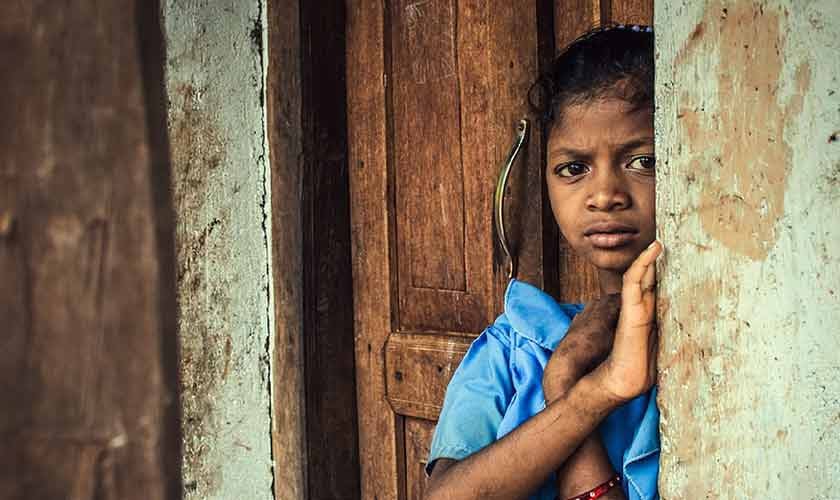The social and economic future of any country is directly tied to the well-being of its children. If the coming generation is healthy, the country’s future is secure. Conversely, if children suffer from malnutrition and resulting stunted growth, the nation’s future becomes neither resilient nor sustainable. Pakistan is no exception to this reality.
According to the World Bank Group, 40 percent of children under the age of five in Pakistan suffer from stunted growth. Despite efforts over the past 30 years, not enough progress has been made to address this critical issue. Our children deserve better.
### What is Child Stunting?
The World Health Organization (WHO) defines stunting as reduced growth and development in children caused by poor nutrition, repeated infections, and insufficient opportunities for play and learning. The first 1,000 days of a child’s life—from conception until the child turns two—are crucial to preventing stunting.
If stunting occurs during this period, it can lead to serious consequences such as poor cognition, lower educational performance, reduced productivity, and ultimately, lower adult wages.
### Why Addressing Stunting is Vital for Pakistan
For Pakistan to achieve sustainable social and economic development, it must ensure that pregnant women, mothers, and children receive adequate nutrition. It is equally important to prevent repeated infections that contribute to malnutrition and stunted growth.
The WHO reports that every day in Pakistan, 27 mothers and 675 newborns (under one month old) die from preventable complications. This highlights the urgent need for comprehensive health interventions.
The United Nations defines sustainable development as development that meets the needs of the present without compromising the ability of future generations to meet their own needs. To truly embrace sustainable development in Pakistan, prioritizing the health and well-being of future generations is essential.
### Eradicating Stunting: A Systematic Approach
Addressing stunting requires tackling multiple interconnected problems simultaneously. One critical step is initiating a green revolution aimed at producing twice as much food from existing agricultural resources.
However, agriculture can also contribute to environmental problems. According to the Food and Agriculture Organization, agriculture is a major cause of eutrophication in surface water. Protecting water bodies and ensuring access to safe drinking water is crucial since waterborne diseases remain a leading cause of childhood mortality and stunted growth.
### Strengthening Healthcare and Education for Children
Beyond improving agricultural efficiency, Pakistan must prioritize healthcare initiatives such as mobile hospitals to prevent repeated infections among children. These mobile units should be equipped with reliable air-conditioning systems to maintain the potency of vaccines and medications during transport.
The WHO notes that vaccines lose effectiveness much faster when exposed to temperatures above +8 degrees Celsius. Thus, maintaining steady air-conditioning is critical to preserving vaccine efficacy, which in turn helps reduce repeated infections in children nationwide.
Finally, every school should be equipped with proper playgrounds that encourage children to play and realize their full potential. Early childhood education centers and schools must adopt educational models that provide equal opportunities for learning and play.
### Conclusion
We cannot take our future generations for granted and still expect sustainable development. By investing in the health, nutrition, and education of children today, Pakistan can secure a stronger, more resilient, and prosperous future for all. It is time to act decisively to eradicate child stunting and ensure the well-being of the nation’s most valuable asset—its children.
https://www.thenews.com.pk/tns/detail/1345103-for-futures-sake

